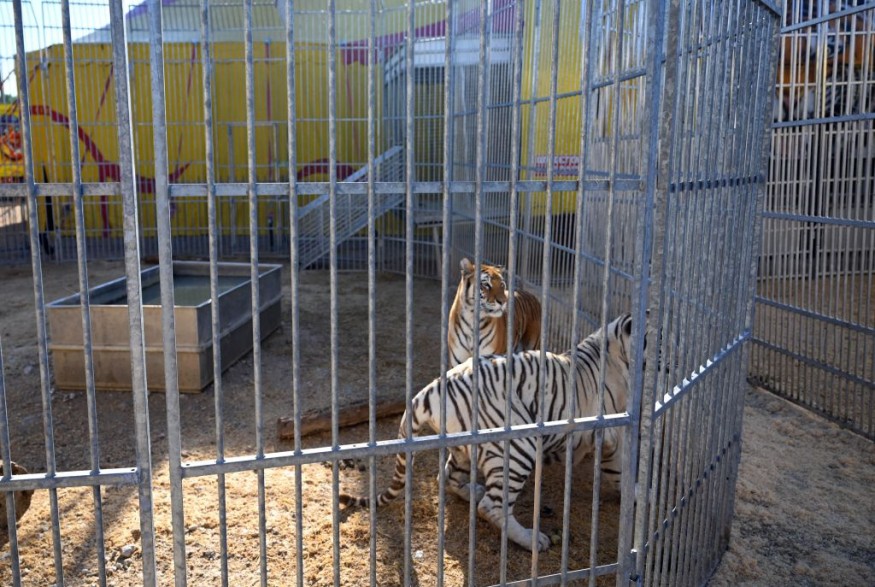Wild animals are known for their aggressive, territorial behavior in their respective native habitats simply due to the evident reality that they evolved in such a way.
Ranging from amphibians, to birds, fish, mammals, and reptiles, different wildlife species are equipped to survive, reproduce, and even adapt to changing environments.
However, the case is different when they are in captivity, away from their home.
Over the decades, cases of animal captivity, both legal and illegal, have increased worldwide.
Research has also examined the state of these animals when they are in their native or artificial environments, also known as animal enclosures.
With this, a scientific inquiry emerged as to whether or not wild animals or captive animals have different behaviors, as well as which is more dangerous.
For over a decade, there have been recorded cases of wild animals snapping or turning violent while in captivity, including an infamous orca that killed its trainer and a rampaging primate thought to have intentionally hurt a child.
With these, animal behaviorists, experts, and activists have pointed out that wild animals are dangerous even when domesticated or turned as a pet.
Animal Captivity

Some wild animals, including killer whales, tigers, elephants, and lions, can be found nowadays in steel cages and other types of animal enclosures worldwide.
While some are for the purposes of conservation, most animal captivity initiatives revolve around entertainment and private possession.
In the United States, there is no consensus as to how many wild animals are in private possession, there are millions of wild animals living in captivity nationwide.
Some of them can be found in aquariums, circuses, theme parks, and zoos, according to the Animal Legal Defense Fund, a non-profit organization.
Also Read: Researchers Revealed that Cats in Captivity Have Weaker Bones Compared to their Wild Relatives
Which is More Dangerous?

Despite being controlled or trained, wild animals in captivity are still unpredictable, as revealed in studies in recent years.
This often-forgotten fact is reminded by the Brigham Young University (BYU), which noted that many wild animals are still aggressive whether they are in captivity or in their natural habitats.
The BYU highlights a form of behavior adaptation called hyper-aggression possessed by captive animals.
The said adaptation pertains to a behavior that is more aggressive compared to what is normal with their counterpart species in the wild.
Such "extra" aggressive behavior is influenced by various factors, including stress and mistreatment.
Captive Wild Animal Attacks
In 2010, Tilikum the Orca became known as the "whale who rebelled" after dragging into the water and killing his expert trainer, Dawn Brancheau, who leaned over the edge of his tank during a routine session at SeaWorld Orlando, according to The Whale Sanctuary Project whale conservation organization.
In 2016, the story about Harambe the gorilla went viral after being shot and killed by authorities at the Cincinnati Zoo where a boy fell into the primate's zoo habitat, Nonhuman Rights Project animal rights organization.
Prior to being executed, Harambe was seen dragging the child before a sniper took the opportunity to target the silverback gorilla in the head.
© 2026 NatureWorldNews.com All rights reserved. Do not reproduce without permission.





